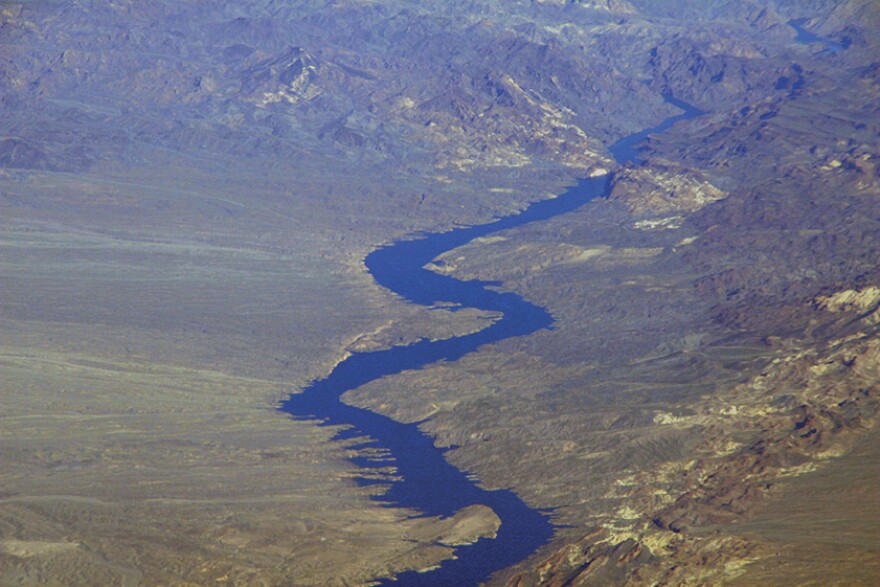Nevada is in a brutal drought, and it doesn’t appear that this year’s snowpack in the Rockies and Sierra Nevada Mountains is going to improve the situation.
So, state lawmakers are seeking ways to save and protect every drop of water in the state. That includes legislation such as AB109, which would require utilities and mining companies that use water to go through a state permitting process even if they return the water to its aquifer.
“Aquifers are complex geologic mosaics,” said Kyle Roerink, executive director of Great Basin Water Network. “Once you pump the water from them, you change the nature of those complex geologic mosaics. Sometimes when you change the nature of those geologic formations, you can impact how groundwater becomes surface water through a spring. You can change other aquifer dynamics via the pressure. We feel like that should be regulated.”
Lawmakers are also considering SB36, which would expand the state’s relatively new water buyback program. That was created two years ago using COVID relief money to buy water rights from private holders
According to The Nature Conservancy, more than half of Nevada’s 256 hydrological basins are over-appropriated -- meaning more water exists on paper than in reality.
Laurel Saito, the Nevada water strategy director for The Nature Conservancy, told State of Nevada the program was successful during the short time it had funding.
“We were able to retire over 20,000 acre feet of groundwater in places where there are groundwater issues of overuse and impacts to existing rights, rivers, or natural resources,” said Saito.
One area where water buyback programs have shown success is in the Walker Basin.
In 2009, Congress approved the Walker Basin Restoration Program to restore Walker Lake levels. The Walker Basin Conservancy was created in 2015 to administer the program, which is meant to increase the flow of the Walker River to restore and maintain Walker Lake in Mineral County at levels able to sustain some native fish and invertebrates.
So far, the conservancy has acquired roughly 57 percent of the water rights needed to restore Walker Lake. Peter Staton runs the nonprofit. He said most of those rights have come from local ranchers and farmers who see the need for conservation.
“Water users know that [pumping] probably won't continue at its current levels,” said Stanton. “Whether it’s through regulation or buybacks, the state is moving actively to rebalance its water basins. The pace may not be what advocates would want to see, but the state’s commitment has been shown through this water rights retirement program.”
Guests: Peter Stanton, executive director, Walker Basin Conservancy; Laurel Saito, Nevada water strategy director, The Nature Conservancy; Kyle Roerink, executive director, Great Basin Water Network




